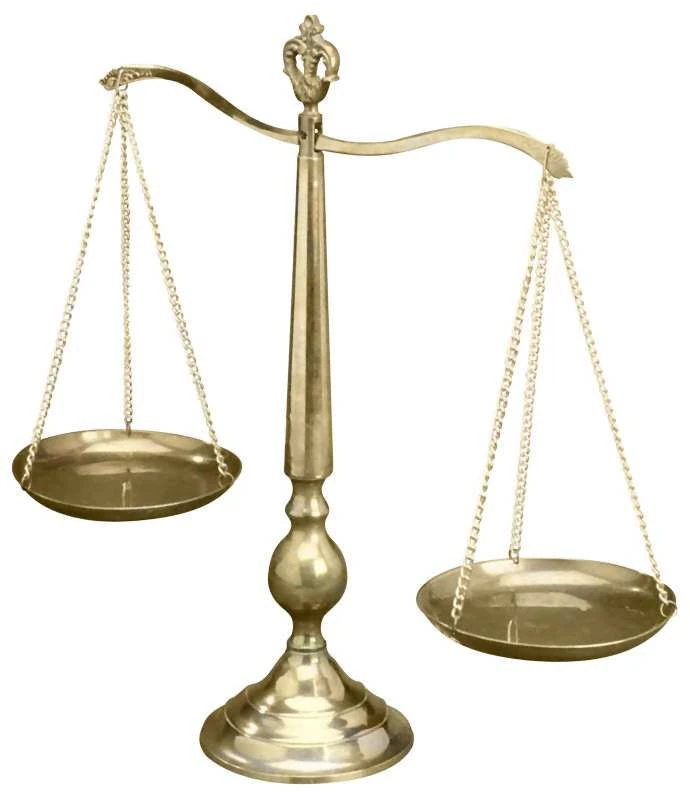This week I decided to base my blog on the Madoff Hustle. A
documentary that focussed on the life of Bernard (Bernie) Madoff and how he was
able to con so much money out of so many people! I have to say the documentary
did not live up to much; however the subject of Bernard Madoff and his con was
fascinating.
So how did he do it? How could one man con (a claimed) $64bn
out of people’s pockets? Well he played the oldest trick in the book when it
comes to investment fraud. He used a Ponzi scheme! A ponzi scheme is a
fraudulent investment operation where the operator, an individual or
organization, pays returns to its investors from new capital paid to the
operators by new investors, rather than from profit earned by the operator.
So in short he was simply paying investors interests with other investor’s
money. One wonders why he thought that this would be a valid way of conning
people, as after a certain amount of time the money in a ponzi scheme always
runs out so there was always going to become a point where he was found out!
Perhaps this was just arrogance at the thought that he could not get caught and
that he was beating the system? Who knows...
It’s one thing to con someone, but how did he manage to
persuade so many people to join his elaborate scheme? Well firstly he offered
consistent returns on their investment; nothing stupidly high, but enough for
it to be very appealing to potential investors. Secondly (and I believe this is
the main reason behind his success) was that he made it very exclusive to be an
investor in his scheme. So instead of chasing after investors, he had people
chasing him and wanting his scheme.
Once he had investors hooked into his ponzi scheme he used to
send them false receipts from supposed trades that he had made with their
investment, when in fact he hadn’t traded anything apart from their money to
another investor.
Of course the dream for Madoff could not go on forever, so in
the end his arrest was inevitable. On his arrest he claimed that he was working
alone and that no one else knew of his con. Yeah right! Even though it may be
very difficult to prove I find it very hard to believe that no one who was
working with Madoff failed to realise what was going on. So none of them
noticed that they weren’t actually selling or buying or trading at all with
investor’s money? I find that very hard to believe!


In some ways Madoff should be applauded for being so
successful in one of the most obvious of cons going. However, it truly is
sickening how he was able to take people’s hard earned money from them without
thinking twice about it!
If you have anything to add on the Madoff Hustle or any
subject similar to it please comment....


